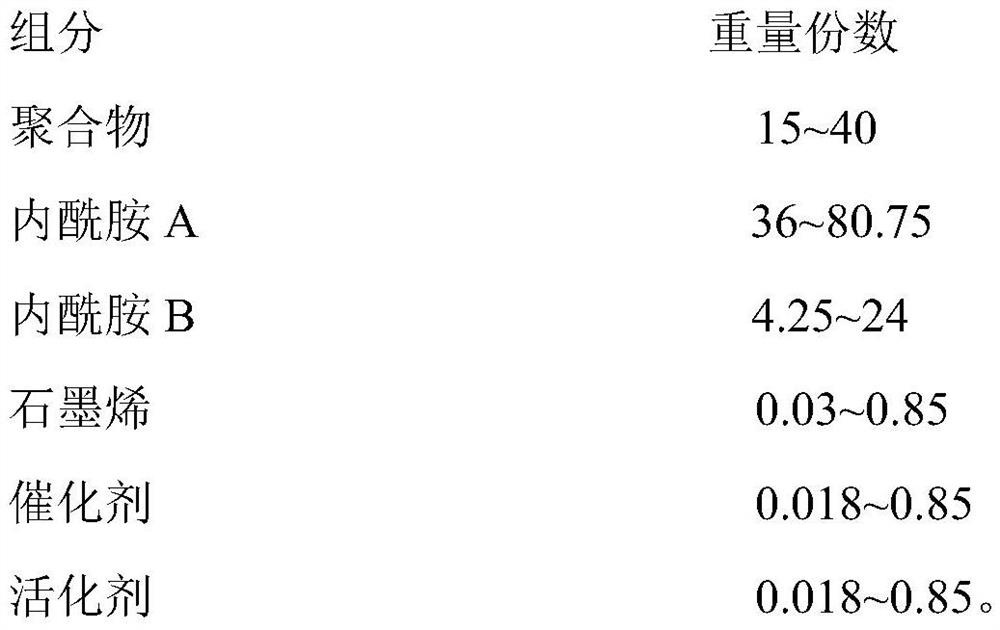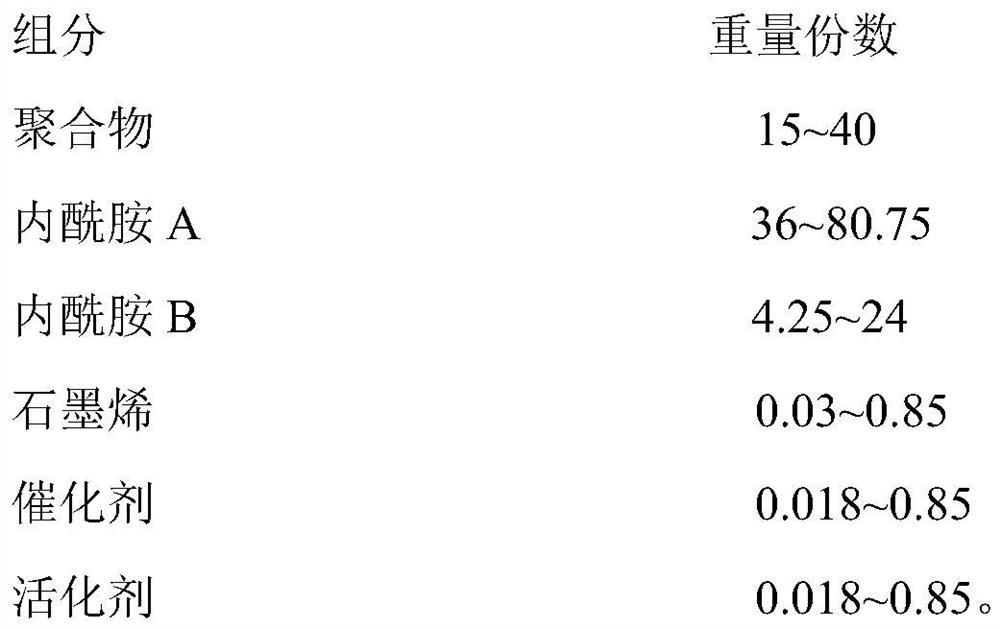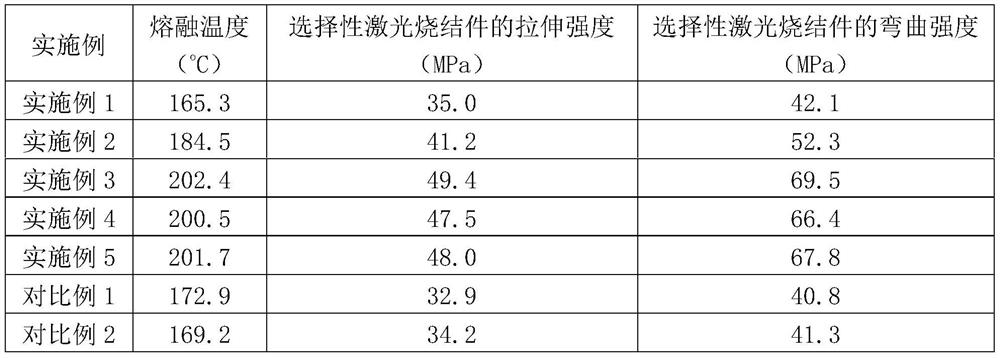Copolymer nylon/graphene composite microsphere capable of being used for selective laser sintering and preparation method thereof
A graphene composite and laser sintering technology, applied in the field of material chemistry, can solve problems such as no reports of copolymerized nylon-graphene composite microspheres
- Summary
- Abstract
- Description
- Claims
- Application Information
AI Technical Summary
Problems solved by technology
Method used
Image
Examples
Embodiment 1
[0025] (1) Weigh 40 parts of polystyrene, 36 parts of caprolactam, 24 parts of enantholactam, 0.03 parts of aminated graphene and 0.018 parts of catalyst sodium hydroxide, add them into a three-necked flask, and protect them under nitrogen at 70-150 °C Dissolve under electrical stirring for 0.5-2.5 hours, so that the polystyrene is completely dissolved; then distill under reduced pressure to remove a small amount of water remaining in the system to obtain a mixed solution;
[0026] (2) Add 0.018 parts of activator toluene-2,4-diisocyanate to the mixed liquid prepared in step (1), shake it well, pour it into a preheated mold at 110-170°C immediately, react and solidify, get composite materials;
[0027] (3) Break the composite material obtained in step (2), extract and dissolve the polystyrene with tetrahydrofuran, and filter to obtain a black powder, which is a copolymerized nylon / graphene composite microsphere with a graphene content of about 0.05%.
Embodiment 2
[0029] (1) Weigh 25 parts of polystyrene, 65 parts of caprolactam, 10 parts of caprolactam, 0.3 parts of carboxylated graphene and 0.5 parts of catalyst sodium hydroxide, add them into a three-necked flask, and protect them under nitrogen at 70-150 °C Dissolve under electrical stirring for 0.5-2.5 hours, so that the polystyrene is completely dissolved; then distill under reduced pressure to remove a small amount of water remaining in the system to obtain a mixed solution;
[0030] (2) Add 0.5 parts of activator toluene-2,4-diisocyanate to the mixed solution prepared in step (1), shake it well, pour it into a preheated mold at 110-170°C immediately, react and solidify, get composite materials;
[0031] (3) Break the composite material obtained in step (2), extract and dissolve the polystyrene with tetrahydrofuran, and filter to obtain a black powder, which is a copolymerized nylon / graphene composite microsphere with a graphene content of about 0.4%.
Embodiment 3
[0033] (1) Weigh 15 parts of polystyrene, 80.75 parts of caprolactam, 4.25 parts of laurolactam, 0.85 parts of aminated graphene, and 0.85 parts of catalyst sodium hydroxide, and add them to a three-necked flask. Dissolve under protection and electric stirring for 0.5~2.5h, so that the polystyrene is completely dissolved; then distill under reduced pressure to remove the trace amount of water remaining in the system to obtain a mixed solution;
[0034] (2) Add 0.85 parts of activator toluene-2,4-diisocyanate to the mixed solution prepared in step (1), shake it well, pour it into a preheated mold at 110-170°C immediately, react and solidify, get composite materials;
[0035] (3) Break the composite material obtained in step (2), extract and dissolve the polystyrene with tetrahydrofuran, and filter to obtain a black powder, which is a copolymerized nylon / graphene composite microsphere with a graphene content of about 1%.
PUM
| Property | Measurement | Unit |
|---|---|---|
| diameter | aaaaa | aaaaa |
| particle diameter | aaaaa | aaaaa |
Abstract
Description
Claims
Application Information
 Login to View More
Login to View More - R&D Engineer
- R&D Manager
- IP Professional
- Industry Leading Data Capabilities
- Powerful AI technology
- Patent DNA Extraction
Browse by: Latest US Patents, China's latest patents, Technical Efficacy Thesaurus, Application Domain, Technology Topic, Popular Technical Reports.
© 2024 PatSnap. All rights reserved.Legal|Privacy policy|Modern Slavery Act Transparency Statement|Sitemap|About US| Contact US: help@patsnap.com










